In some ways, writing about British style is easy, since the United Kingdom is the place of origin for tailoring as we know it and so much has already been said about it. Paradoxically, this also makes it exceedingly difficult to encapsulate in a single article what British classic menswear is like. And, actually, if you Google “British Men’s Style” or something similar, it’s hard to find any sort of definitive guide to what it looks like. But I’m up for the challenge, and for this installment of our style around the world, we go back to the very roots to pin down what British men’s classic style looks like.
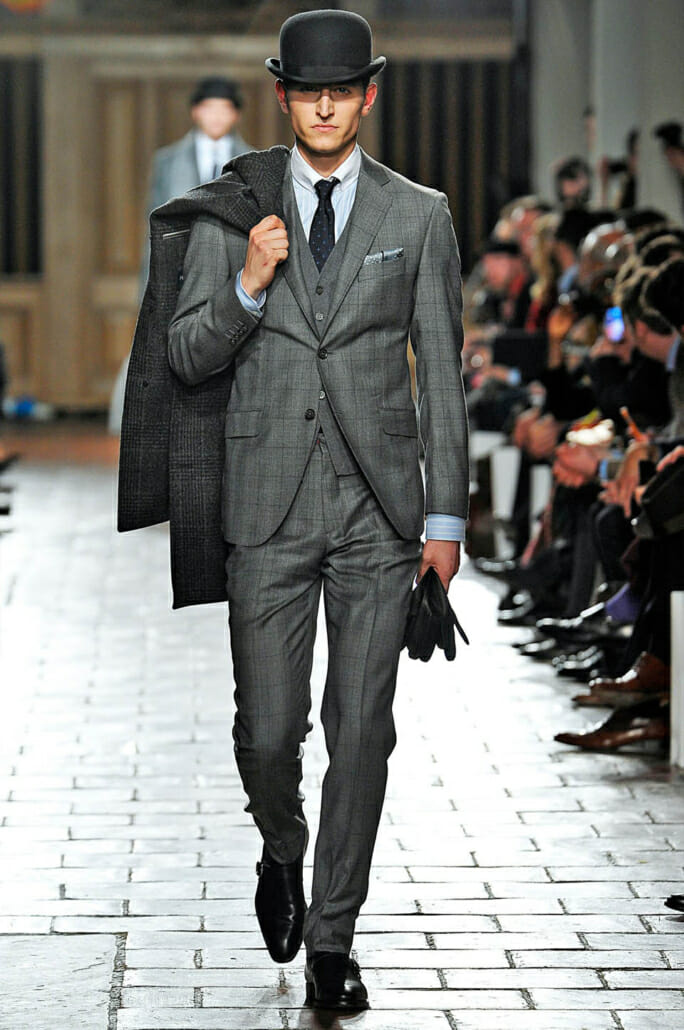
Sticking to the Rules
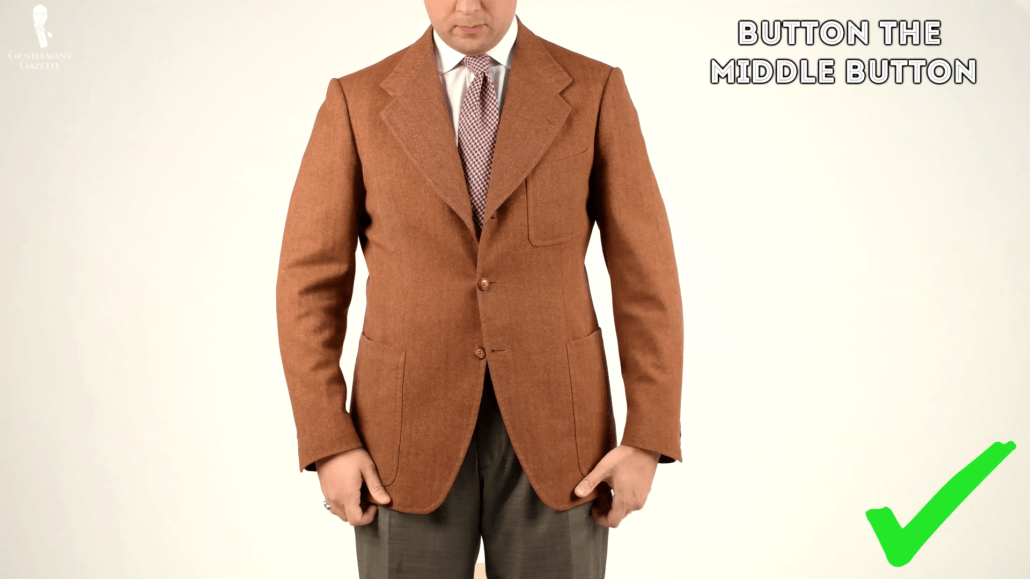
When you do the aforementioned search for “British Men’s Style” online, what you will find are various rules that have also been addressed in numerous articles from The Gentleman’s Gazette, These range from the basics of how many buttons to close on your jacket to how long a tie should be to how much shirt cuff to show, Such guidelines and rules, as well as the strict adherence to them, are typical of British style. This is part and parcel of the same cultural ethos responsible for British politeness and rules of etiquette as well as the continued existence of a class system. If “Manners maketh man” according to Sting’s “Englishman in New York,” we can say that manners also influenceth the rules of dress. So, whenever you see people objecting to some violation of style rules in an online comment section, note that you are witnessing the direct legacy of the British emphasis on correct dress. Ultimately, keeping to the style rules translates to a greater formality. If you need to remain correct and proper, you won’t leave the back blade of your necktie hanging lower than the front or leave your button-down collar unbuttoned; these examples of sprezzatura aren’t classic British style.
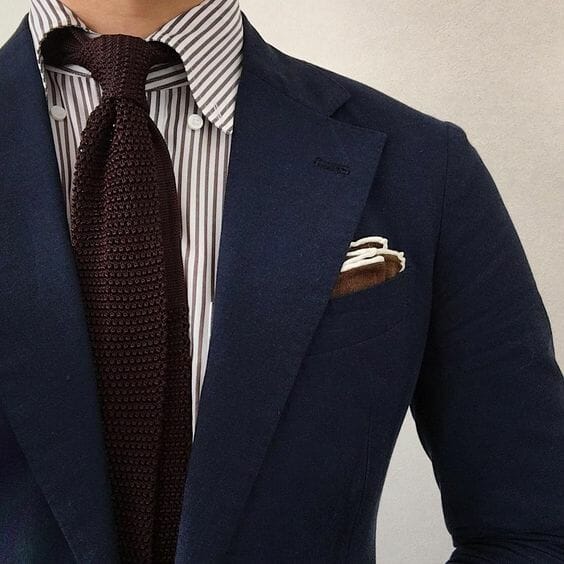
Greater Structure in Clothes
As discussed in our comparison of British and Italian suit styles, tailoring that originates in the UK traditionally has more structure. This means that shoulders on suit jackets tend to have padding that shapes them artificially as opposed to a natural shoulder. This sort of underlying structure even extends to the dress shirts you’d find for sale on Jermyn Street or Savile Row in London, which feature collars that are stiffer and more on the firm side rather than softly rolling. To paraphrase Spiderman, with greater structure comes greater formality (see above). Structuring is also reflected in skillful layering, often with a waistcoat, and you will be more likely to see a three-piece suit or an “odd” (unmatching) vest. This is “structured” because the wearer has to build the outfit and coordinate the patterns and colors across layers, for example a solid sport coat with a patterned vest and then a solid tie, all in complementary tones.
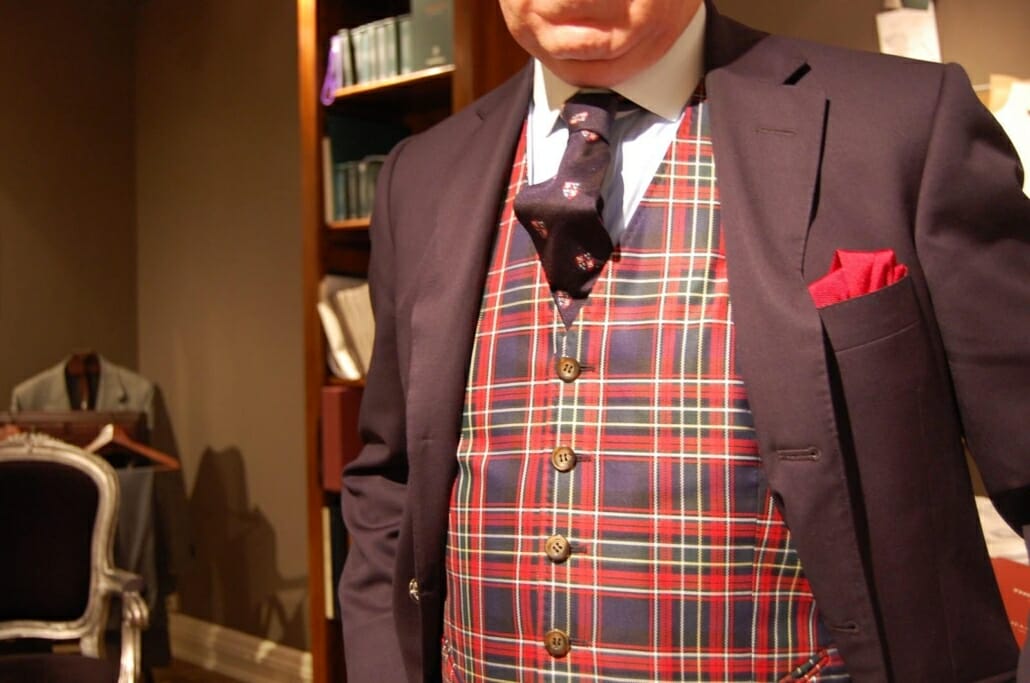
Attention to the Shirt Collar
When it comes to shirts, it’s really the collar that defines the garment, and British style admits a wide variety of shirt collars from the classic English spread to the contrast trim collar, which originated from the need to remove and replace dirty portions of the shirt in the days before super-efficient laundry machines and potent detergents. You may also be more likely to find vintage styles like the tab collar and the hardware that goes with it–collar pins and bars–being worn. Even the button-down collar (with buttons fastened, please) originated in the UK despite its incredible success among proponents of American Ivy style.
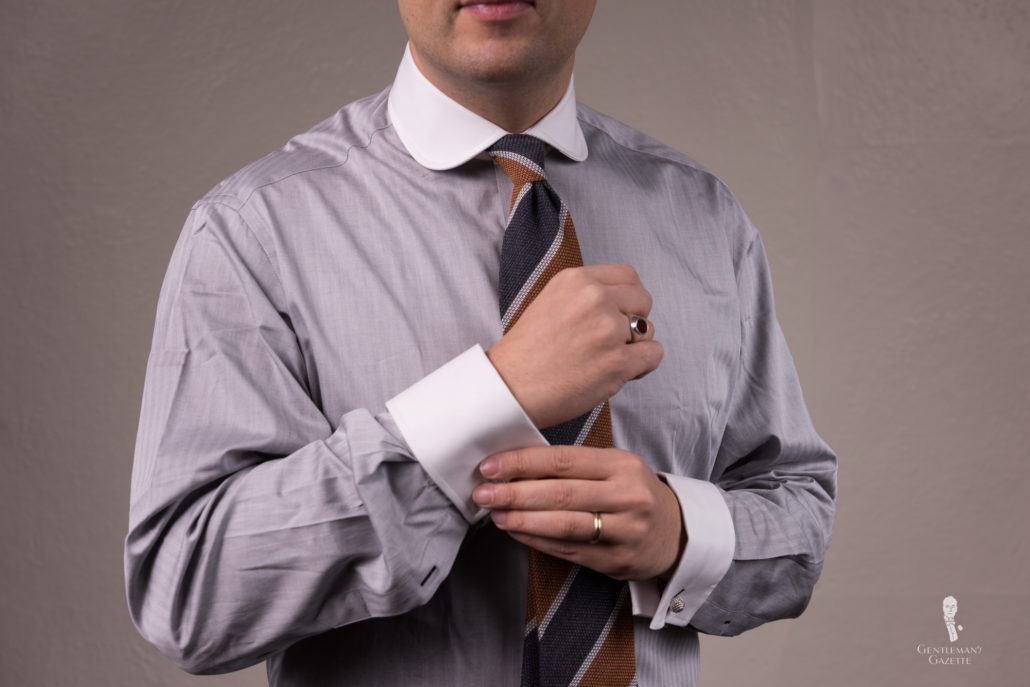
Dressing for the Weather
Of course, British weather is notorious for one thing: rain. And, while Scandinavian men may know how to dress for long winters, men in the UK are adept at looking good despite constantly wet weather. This means you’re likely to encounter more full-length umbrellas; waxed cotton Barbour jackets (even worn on top of suits); head gear, such as flat caps; and Wellie boots. I will not address the attractiveness of wearing Wellies with suits, but part of classic British style is its practicality, which can demand the sacrifice of style.
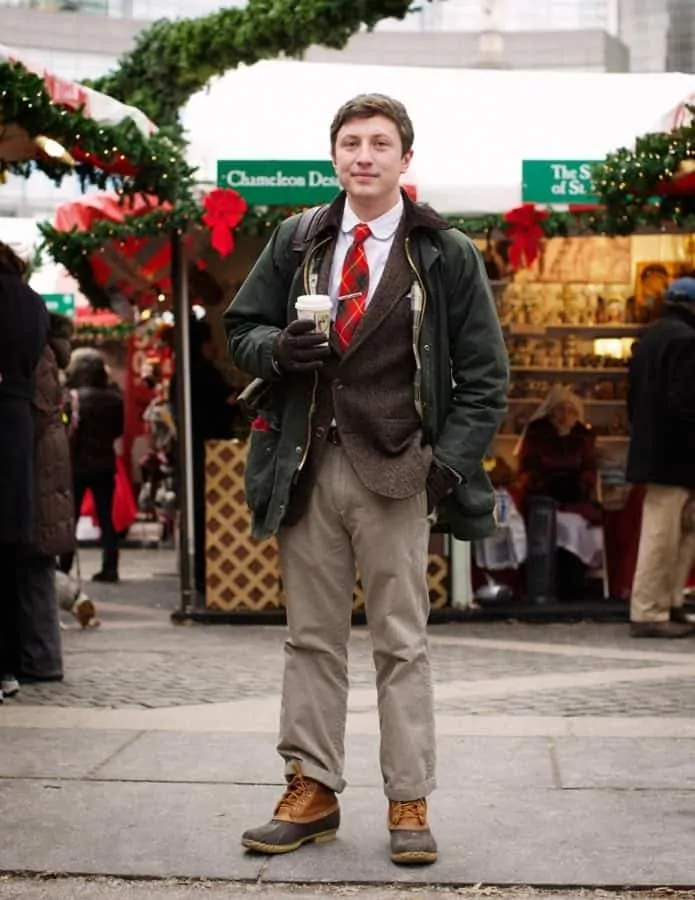
A Separation of City and Country Clothes
What one wears in wet weather can depend on location though, with umbrellas carried in urban settings and Wellies reserved for the country, with Barbour jackets straddling both domains. This speaks to the distinction between urban and rural dress that continues to be a prominent part of British classic style. As another example, in North American cities, you can wear brown almost anywhere; not so in London where a suit or sport coat combination containing any brown tones will make you look like a rube.
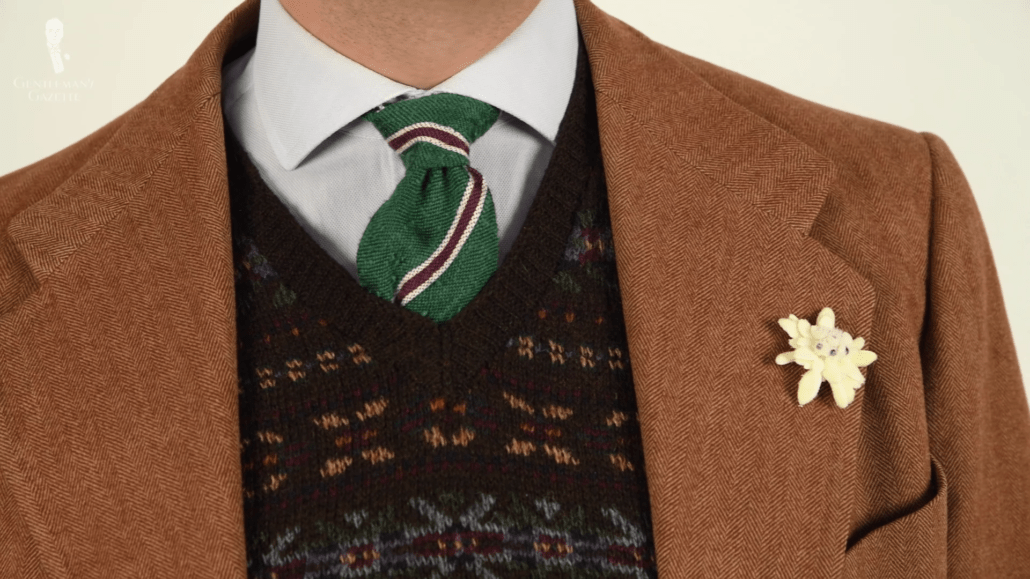
I experienced this realization firsthand on a recent trip during which I found myself in the vicinity of the Royal Exchange. As I grabbed lunch from a food truck while all the local employees were out doing the same, I noticed that while I wore a brown flannel sport coat and rust pants, everyone else in tailoring–men and women alike–were clad in navy or grey. I stuck out like a sore thumb and felt completely self conscious. Of course, I knew of the “no brown in town” rule beforehand, but I had also been reassured that it was dated not so! Brits who dress in a classic style still maintain the city/country divide reflected in their choice of clothes. Conversely, when I leave London and drive out to the country, navy clothes and black shoes would look alien. Although you’re more likely to see nylon windbreakers and hiking shoes when walking the Peak District, those wearing tailoring may be attired in tweed, often with a windowpane, houndstooth or plaid pattern, like the classic Prince of Wales or glen check. These will also feature tones of green, brown and tan that emulate the colors of nature. Each environment has its own distinct stylistic norms and the two traditionally do not intersect.
Embracing Color and Pattern
When we think about bright colors in menswear, we usually picture Neapolitan style with bright reds and audacious plaids worn by Southern Italians. However, it’s worth noting that Neapolitan style is actually very strongly grounded in British tradition, and gents in the UK freely embrace color and pattern more than one might imagine despite a reputation for conservatism. That’s why the founder of the quintessential Neapolitan tailoring firm Rubinacci, Gennaro Rubinacci, named his original location “London House”: as an homage to the roots of the style.
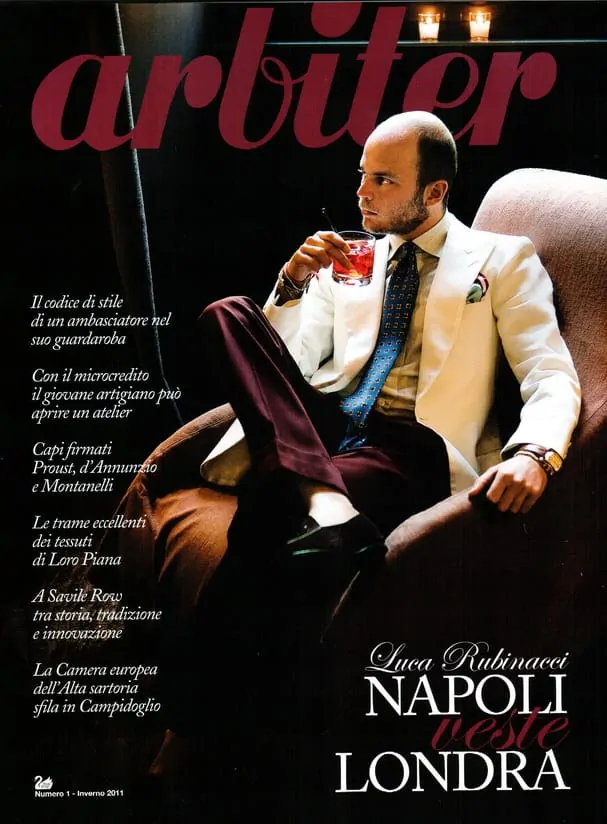
Indeed, British men will readily wear pink or lilac dress shirts to the office whereas these choices are somewhat rare in the US and Canada. Even in the most formal of occasions requiring morning wear, a bright blue cornflower or buff yellow waistcoat is common. In country clothes, you’ll find orange moleskin trousers worn with richly patterned odd vests, pink ties with repeated pheasants on them, tattersall shirts in two different grid colors, and tweed gun club jackets with three. All of these worn by older gents who are the epitome of upholding traditional British style. So, it’s high time we set aside stereotypes of stodginess.
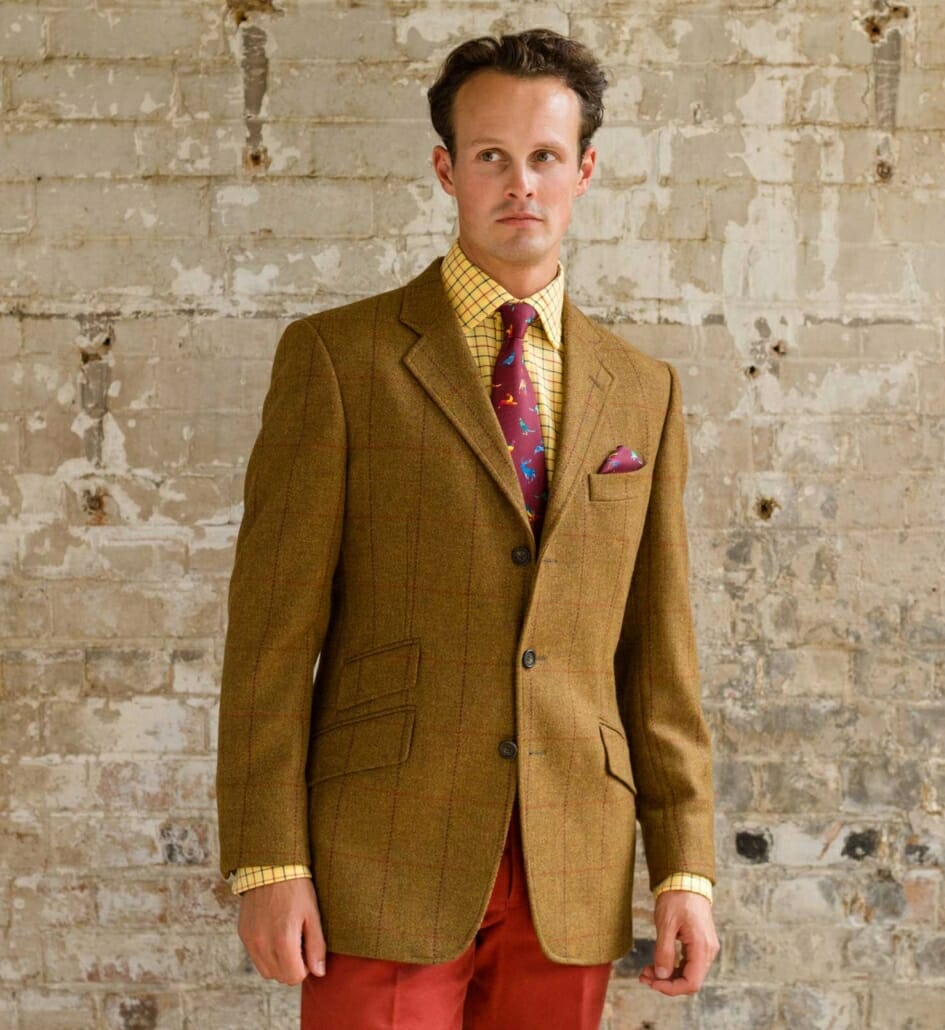
A Greater Chance of Suspenders (or Braces)
Though belts are still the most popular means of holding up one’s pants in the United Kingdom like anywhere else in the Western world, braces–the British term for North American suspenders–are more likely to be worn there as part of a classic style. This could very well be because one of the earliest makers of suspenders, Albert Thurston, began there in the 1820s and is still operating today. Suspenders have a greater formality than belts and are more traditional, which makes them suitable for British classic style.
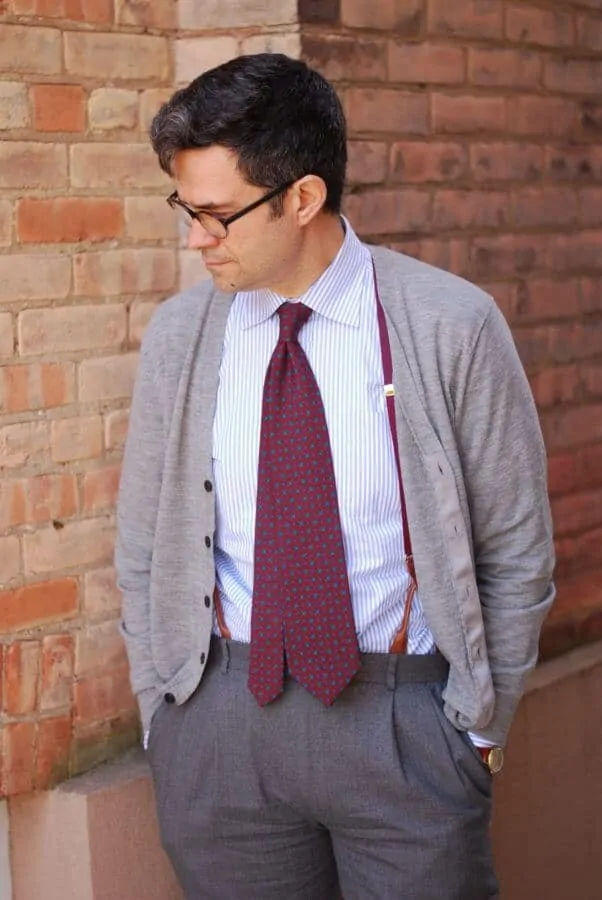
Loyalty to Heritage Brands
Speaking of tradition, given that tailoring originated in Great Britain, it’s not surprising that Brits are proud of the heritage brands that are still in operation today and wear their products whether a Burberry trench coat or shoes from Crockett & Jones or Edward Green. Indeed, many such brands have received Royal Warrants for supplying the Royal household with products for a number of years. These Warrants speak to the high quality of the craftsmanship available to the British gentleman who follows the advice of “buy less but buy better.”
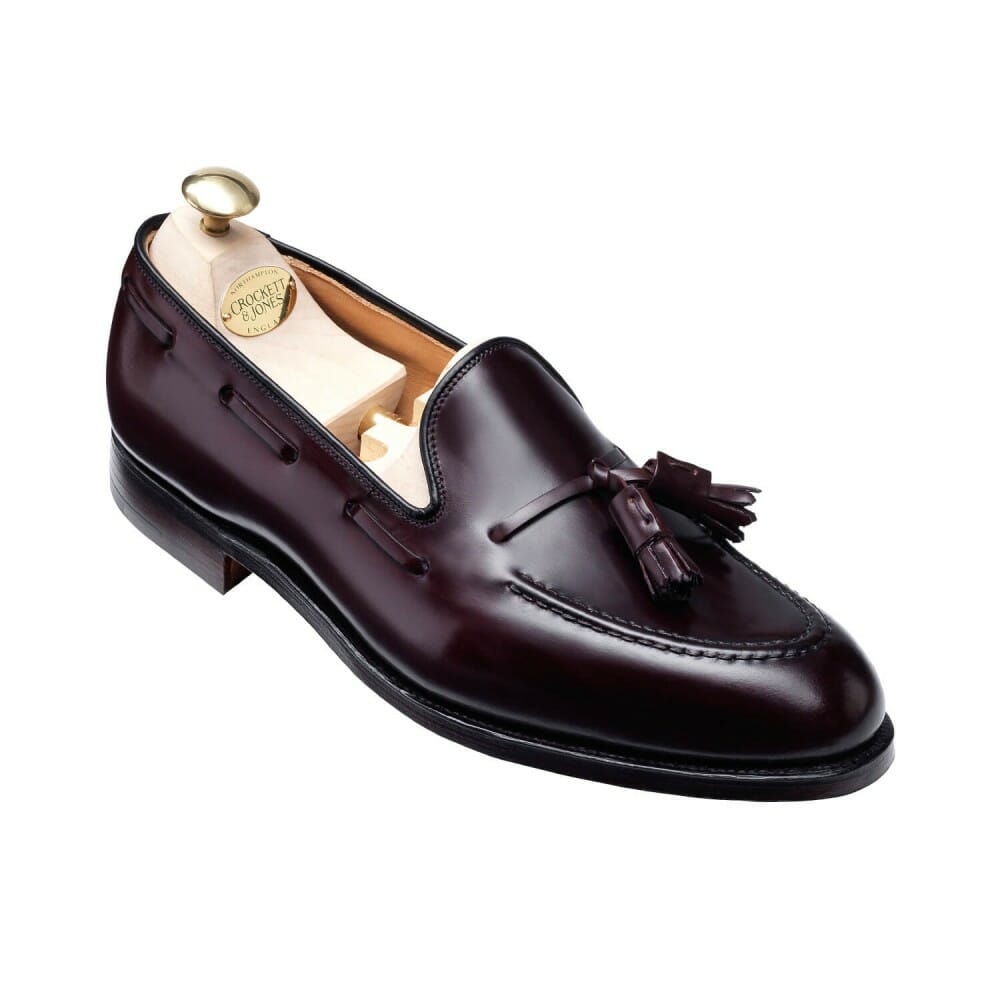
Conclusion
In these days where the fusion of various international styles has reshaped classic menswear into a hybrid form, it difficult to separate out the influences of a particular national style. Given its status in the history of tailoring, British style has specifically permeated the classic menswear of numerous countries. With the information in this article, hopefully, you will be able to spot those elements that are quintessentially British.
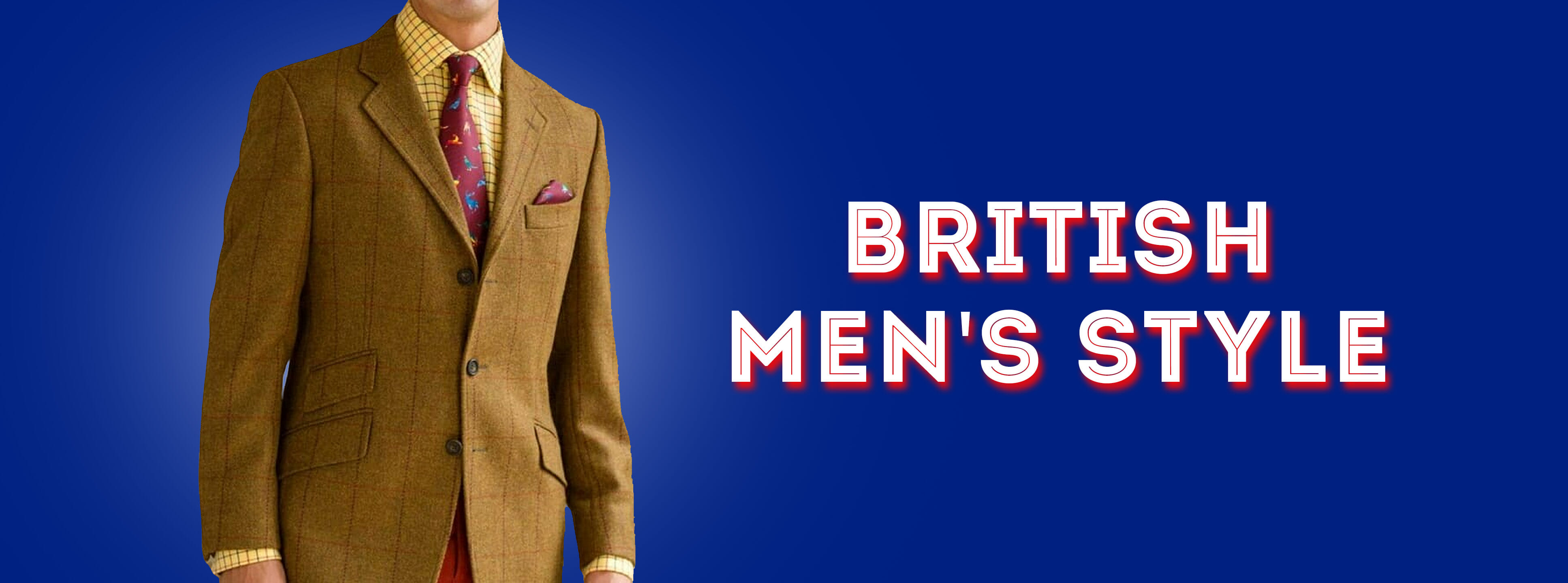
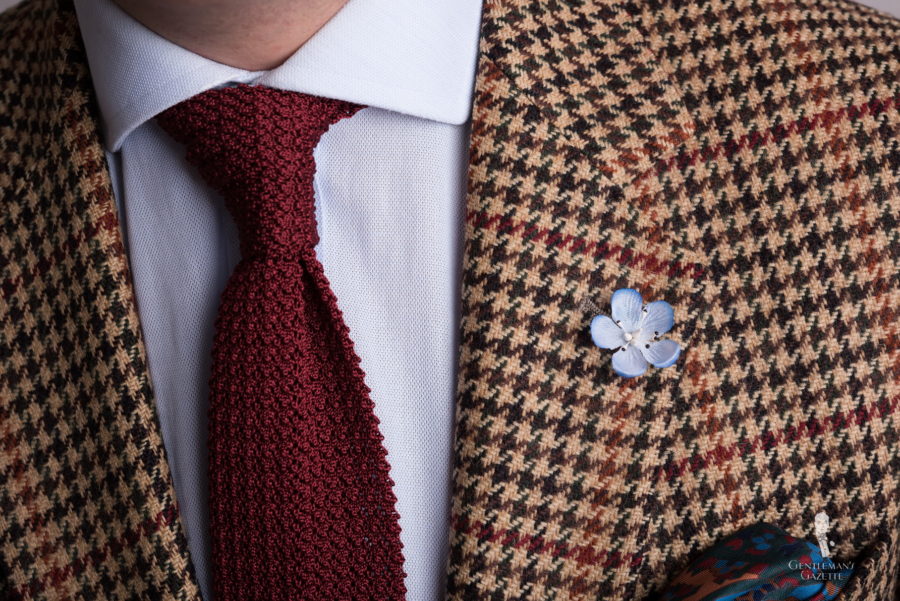
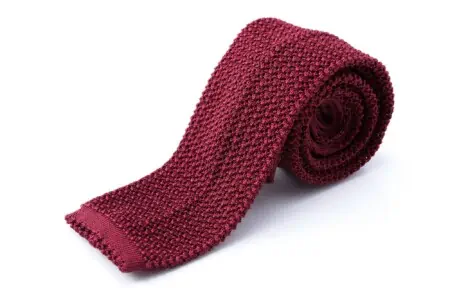
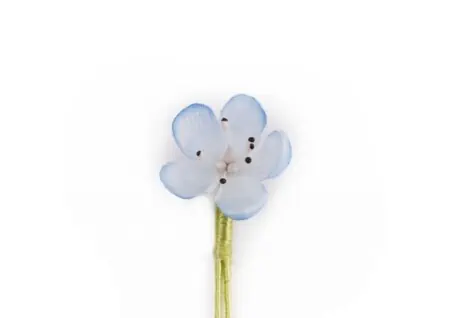
Thank you for the British style write up. Most fascinating!
Crockett & Jones and Edward Green.
Surely Church should have featured first!
Where do you guys often find those vintage club collar shirts? Do I have to go for MTO/ bespoke?
Club collar shirts easily found Paul Fredrick Shirts. I have zero affiliation with them, but I’ve been a customer more than 25 years.
Proper! Well-put. Thank you for underscoring essentials of men’s attire.
I measure my absence from London in decades, but memories of style & quality from such establishments as W Bill remain fondly.
Also Proper Cloth has nice shirts and has club collars as one of their options
Can I wear a dark navy pin stripe jacket with solid trousers?
As always this is another great article.
Dr. Lee, nicely done synopsis on British men’s wear. One question for you… you mention, ” …you won’t leave the back blade of your necktie hanging lower than the front..” As a young man, I was taught that as long as the back blade extended only slightly (e.g. ≤ .50″) it is perfectly acceptable and even a rather stylish look. When using a knot that requires less cloth, I often wear ties this way. Have I been in error?
Tim, I’ve seen it quite a bit on social media longer than a half inch, and maybe I’m reacting to that. It’s presented as a sign of sprezzatura in that case, but I personally don’t like the look. I think your half inch is probably fine, though an alternative that arises when wearing high-waisted trousers and a standard length tie is to tuck the longer back blade into the waistband.
As a Brit I would counsel against wearing that combination. It would look like you had worn the top and bottom of two different suits. If it was a bold stripe like a boating blazer you could wear stripes over solid trousers but not a pin stripe.
This did make me laugh – you have such a quaint and old fashioned view on how Englishmen dress. I have to ask, when did you last visit the UK? It’s true that many of things you discuss are historicaly correct but the overall impression created by the piece is both cliche ridden and anchronistic. Still i do enjoy your blog and your enthusiasm.
I don’t think the article gives the impression that most people are dressed in quintessential British tailoring all the time. There’s still a lot of truisms in the article about formal British city and country style.
I visit London and the UK three times a year and was just there in early November. Certainly I agree that people aren’t going about the countryside in plus-fours or hacking jackets as a majority, but it is undeniable that there is a characteristic British sartorial style.
I was just in London and Darryl is correct. You don’t see a lot of Englishmen wearing classic British attire, even in Mayfair. Hell, you also don’t see a lot of Englishmen speaking English! Face it, the modern world is sloppy and embraces the slovenly. But that doesn’t mean the “rules” are not important, perhaps even more so. For years I didn’t care what I wore, didn’t have to as my profession’s uniform is dungarees and heavy cotton. Now I’m in my emeritus years so have to dress like a gentleman. And that IS British style.
May I say, as an English person, that the rules are understood as guidelines and that English style aims, always, toward the the combination of the dynamic, the comfortable and the stylish.
Whilst not quite as comfortable as either Italian or American tailoring, with their lighter-weight fabrics and longer drapes; the English jacket is not as sharply formal as it’s French counter-part. The rules in France are much more prescriptive.
The English jacket is
Not too stiff, a bit sporty, a little frayed (nothing is is grand as old clothes), and not entirely co-ordinated.
Edward PofW was the person who first mixed it all up. And Edward Sexton is a genius…
The golden-age Hollywood tailoring style combines German sports clothing, derived from classic 19C English sporting style (see the posters of Ludwig Hohlwein for example), and the Italian focus on lighter-weight cloth and drape.
I’ve gotten used to wearing a fedora, I wonder, as an American traveling in England, I’d like to not look TOO American (I accept I’ll never fully blend in), but as an older male, what sort of hat could/should I wear if I want to not stand out overly in an English crowd?
Think Yiddish
Dress British.
Grandma
Different looks with different patterns and designs. Very Nice.
Holding to your culture and following some rules means you are grounded and love your tradition. It gives you immense pleasure and I am sure there is no harm obeying these rules as they make you a perfect British gentleman.